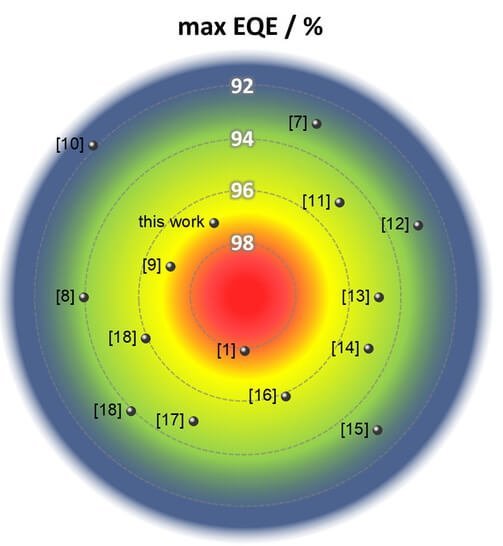The Optical Origin of Near-Unity External Quantum Efficiencies in Perovskite Solar Cells
Kai Oliver Brinkmann, Tim Becker, Florian Zimmermann, Cedric Kreusel, Tobias Gahlmann, Tobias Haeger, Thomas Riedl
Solar RRL (IF8.582), Pub Date : 2021-07-17,
Optical simulations have been performed with the simulation software SETFOS that is based on a transfer matrix algorithm to calculate optical absorption, reflection, and transmission of a given assembly of layers. With the emergence of highly efficient perovskite solar cells in both single- and multijunction architectures, there is an abundance of reports of extremely high external quantum efficiencies (EQE) up to 98%.
These reports appear somewhat unrealistic and are sometimes subject to doubts or concerns of erroneous EQE measurements. In this report the researchers discuss and explain the root cause of the high EQE by a combination of experimental data and optical simulations.

